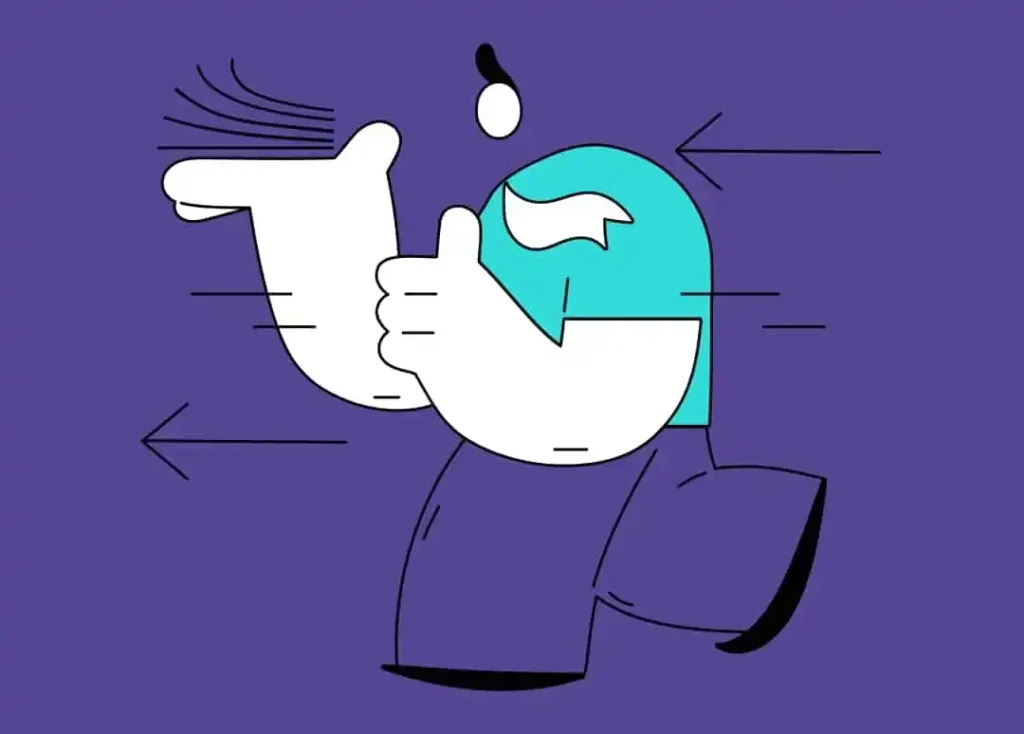Why so generous?
Brand generosity is in. As consumers become increasingly connected to social media and exposed to marketing ploys and tricks, suspicions rise about the authenticity of brands. Many consumers are looking for a genuine social commitment from the brands they engage with. As a result, building a bond with the people that matter to your business is more important now than ever before. People are looking for brands that give more than what’s expected. They want to feel good about the brands they are buying into, and how those brands are giving back to the world at large.
What is brand generosity?
Brand generosity is a new phrase in brand land most recently linked to Target’s current marketing strategy. Using advanced data, Target figured out that consumers have an itch to listen to music while watching the Grammys, so they launched a live ad featuring Imagine Dragons during the show. The ad didn’t advertise products; it only gave viewers the music they wanted. Target coined this tactic as “brand generosity” in the sense that it provided a targeted audience with “free” content.
Even though Target is calling this brand generosity, we believe brand generosity should mean more. It shouldn’t be a substitute phrase or a disguised name for branded advertisements, marketing tactics, or content marketing. Indirect content marketing isn’t enough to call a brand generous.
What brands do it well?
We took a look at the qualities of successful brand generosity programs to better understand how they drive meaningful and successful business:
- Purpose-Led, Promise-Driven
Generosity that stems from purpose is inherently genuine. TOMS, for example, has pledged to make a positive impact on the world with a “one for one” promise. And yet, the promise extends beyond giving one shoe to someone in need for every shoe a consumer buys. It sings true in how the company invests, what partnerships the brand makes, where they give, and what they give. Because the TOMS purpose goes beyond specific products and far beyond profit, the brand has had – and will have – the ability to extend their giving beyond shoes: the gift of sight, water, safe birth, and kindness are also part of their brand generosity. By working towards a larger aspiration, there is always more giving to be done. If giving can grow, business can grow, too.
- Rewards Social Engagement
Since social sharing has become such an integral part of successful businesses today, brands that demonstrate generosity towards consumers via social media are thriving. For example, Lancôme allows customers to earn points when they share products on networks like Facebook and Instagram. This kind of giving creates more than a sense of reciprocity. It builds loyalty and fosters brand ambassadors who feel rewarded and valued. Showing gratitude goes a long way with these loyal and important consumers.
- Creates a Social Halo
When people buy from brands that are perceived as generous, they themselves often are perceived as generous. This is what many psychologists refer to as the halo effect. And the halo of giving is greatly valued and respected in today’s world. For instance, when consumers choose to buy a branded (RED) iPod Nano over all the other colors, they make the choice to help (RED) #endAIDS. Although consumers pay the same price for the product, they get the product and the social halo. They are not only Apple users, but also generous, good-hearted Apple users who have taken part in the fight against AIDS. Their purchase displays their commitment to not only “BE (RED),” but recognizes their personal and important contribution to the cause.
- Builds a Giving Community
(RED) is quick to point out that an AIDs-free generation is not achievable if they work alone. It takes everyone: governments, health organizations, partner companies, and consumers. Other generous brands agree. By buying into brand generosity, consumers are not just consumers. They join the movement, and become part of the rally behind the cause. Generous brands like Yellow Leaf Hammocks, Kind Bars, Better World Books, Warby Parker, and Ethos Water all strive to build a community that works together towards their goals. By explaining what impact each individual can have, the community grows stronger, and the power of giving is brought to life. When people feel good about their personal generosity, they will feel good about your brand.
The Financial Benefits of Generosity
Generous brands benefit financially. In the end, giving back positively impacts your business. Why? Because as many brands and entrepreneurs have discovered, giving back to your community is incredibly rewarding both personally and financially.
Having a giving mindset creates positive PR and increases commitment amongst employees. It gets them rallied behind your cause. It also strengthens consumers’ emotional connection to your brand’s purpose. Because your brand is aligned behind a larger aspiration, your brand becomes a part of a larger community that cares about that same cause. With this strong community come more partnerships, support, and meaningful connections.
Consider the ways your brand can give back in an authentic way. Whether it’s aligning your brand with a charity that resonates with your purpose or setting aside time in the workplace to give back to your local community, fostering generosity within your business will help it thrive. Authentically generous brands are flourishing brands.
Emotive Brand is a San Franciso branding agency.







